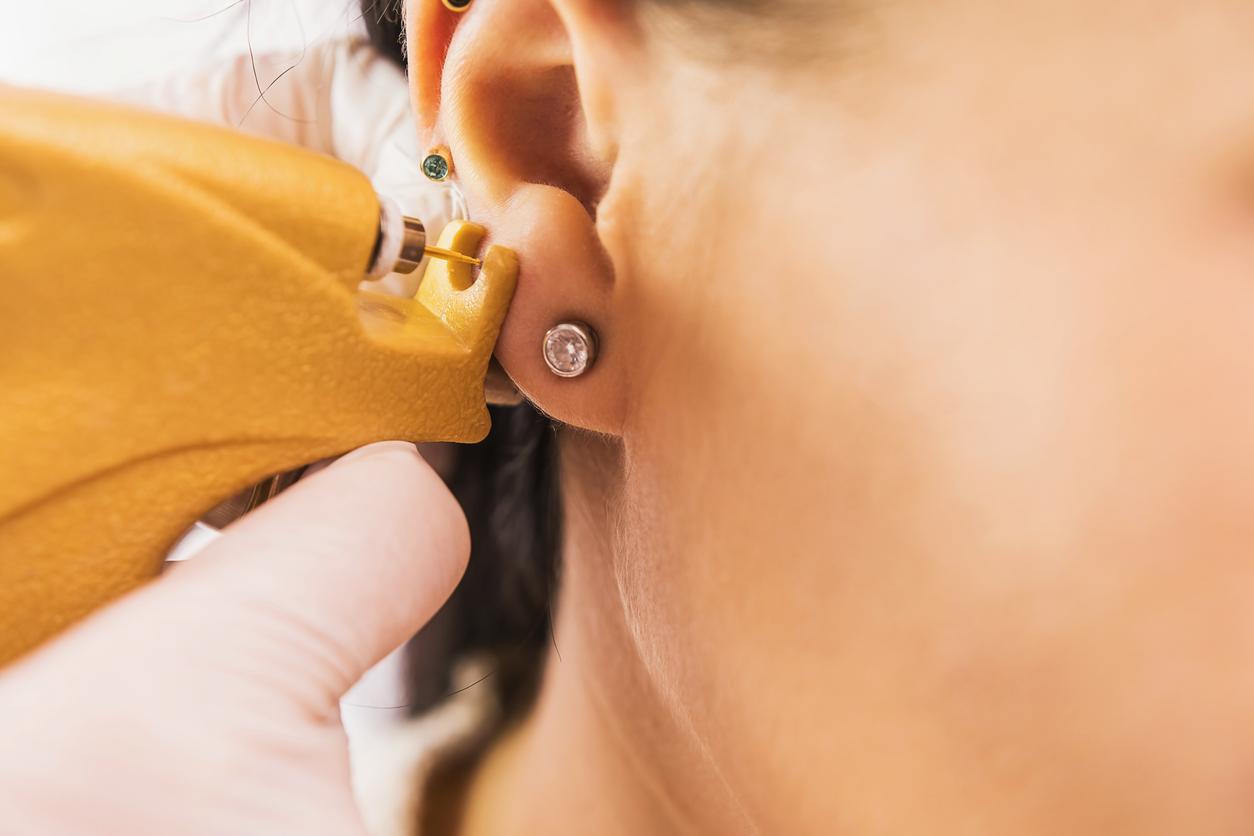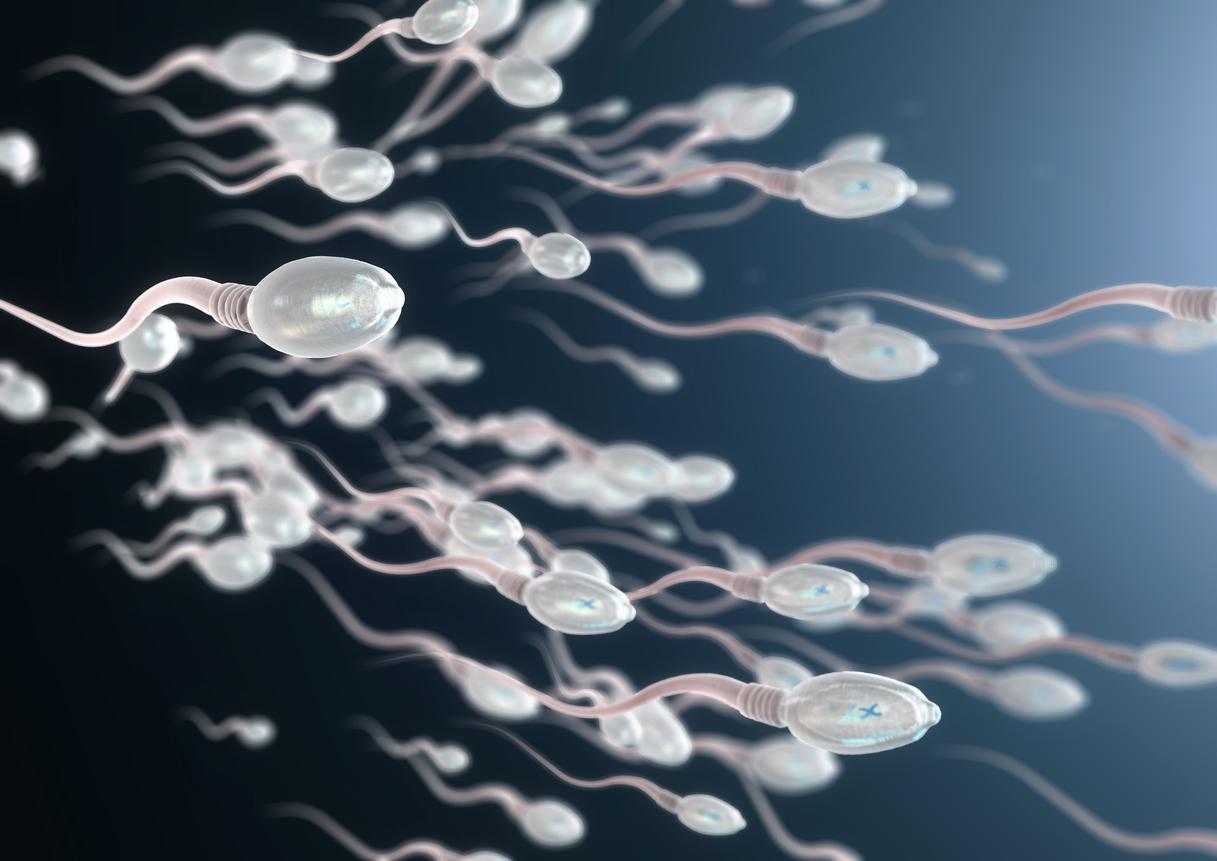Getting a piercing changes the microbiome of the skin in your ear. Here’s why and how.

- Getting your ears pierced changes the microbiome of the surrounding skin.
- The microbiome that develops around a new piercing is similar to that found in moist areas like the nose, armpits, or groin.
- In this case, Staphylococcus epidermidis and Cutibacterium acnes are the two most present microorganisms.
Whether we like it or not, we are all covered from head to toe in trillions of bacteria that make up the skin’s microbiome. You can’t get rid of it by washing, and that’s a good thing.
“Like those in our gut, micro-organisms in the skin play a vital role in protecting against invading pathogens and educating our immune system,” explains an article published in 2018 in the Nature Reviews Microbiology. “If this microbiome is disrupted, skin disease, or even systemic pathology, can result,” can also be read.
Why study the impact of a piercing on the ear skin microbiome?
There is, however, a situation in which these skin microorganisms are neutralized, at least locally: when we have a piercing done. The piercer begins by sterilizing the area, which allows us to make a clean sweep of the past in terms of microflora and therefore constitutes a perfect opportunity to study the way in which the skin’s microbiome is built.
“The new habitats and communities that piercings produce may provide more general insights into the human body’s biological responses to environmental disturbances, with implications for both the ecosystem and human health,” specify the researchers.
The team therefore collected data on the skin of 28 volunteers who had their ears pierced using swabs. The samples were taken before and after the piercing (the first after 12 hours, then one day later, three days later, one week later and finally two weeks later).
What is the impact of a piercing on the microbiome of the skin of the ear?
The results were spectacular. “Although sterilization is a major environmental disturbance that kills many resident species, we found that over time the piercing’s new environment promoted greater biodiversity and ecological complexity. notes the team.
For example, researchers found that the microbiome that grew around a new piercing was similar to that found in moist areas like the nose, armpits, or groin. The reason is simple: moisture evaporates more difficult around a piercing, so the types of microorganisms that thrive in more humid environments can thrive there.
Two in particular were found to dominate the skin microbiomes studied: Staphylococcus epidermidis and Cutibacterium acnes. “C. acnes and S. epidermidis are skin microbiomes that help maintain skin homeostasis” specify the researchers.
“The process required to create a piercing – sterilizing the skin, piercing the skin and inserting a metal object – has a demonstrable impact on the evolution of the skin microbiome.”they conclude.
Their essay is published in the journal Proceedings of the Royal Society B.















